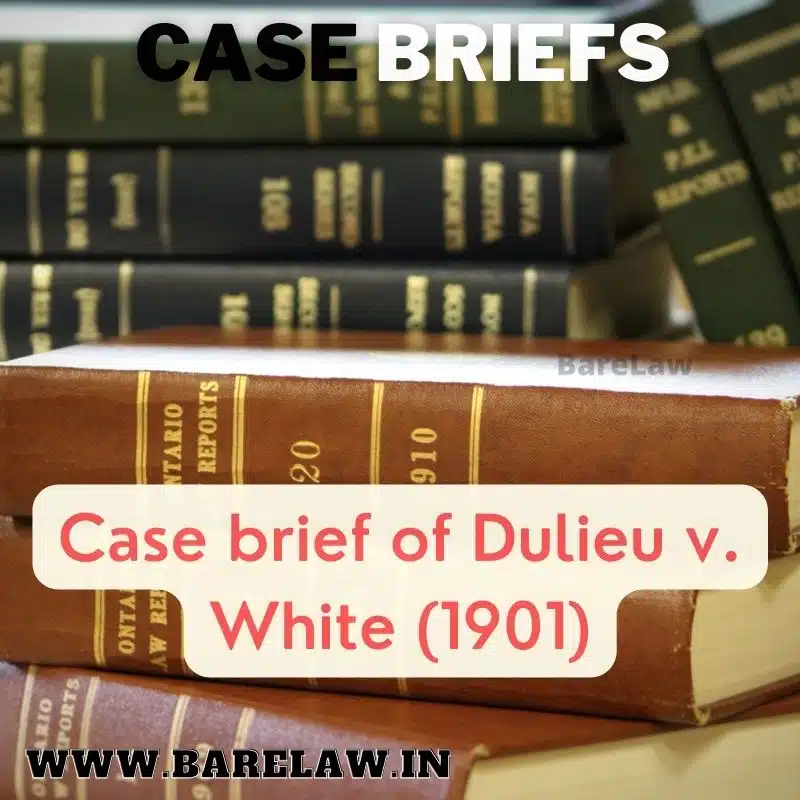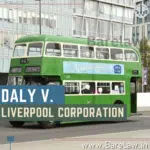
Dulieu v. White (1901) is a case in English tort law that dealt with the issue of liability for nervous shock. The case involved a plaintiff who claimed that the defendant’s actions caused her to suffer nervous shock. The court held that the defendant was liable for the plaintiff’s nervous shock as the shock was a foreseeable consequence of the defendant’s actions.
The case established the principle that a defendant can be held liable for causing nervous shock if the shock was a foreseeable consequence of the defendant’s actions. The court emphasized that the shock must have been caused by the defendant’s direct and immediate conduct, rather than by the plaintiff’s own imagination or mediation.
In Dulieu v. White (1901), the defendant’s actions were found to be a direct and immediate cause of the plaintiff’s nervous shock, and the defendant was therefore held liable for the harm. The case remains an important precedent in English tort law and has been widely cited in cases involving liability for nervous shock.
Issue: The main issue in Dulieu v. White (1901) was the liability for nervous shock.
Facts: In this case, the plaintiff claimed that the defendant’s actions caused her to suffer nervous shock. The defendant argued that they should not be held liable for the plaintiff’s nervous shock.
Arguments: The court considered the foreseeability of the plaintiff’s nervous shock as a result of the defendant’s actions. The court emphasized that the defendant could only be held liable if the shock was a direct and immediate consequence of the defendant’s actions, rather than being caused by the plaintiff’s own imagination or mediation.
Observation: The court established the principle that a defendant can be held liable for causing nervous shock if the shock was a foreseeable consequence of the defendant’s actions, and the shock was caused by the defendant’s direct and immediate conduct.
Decision: The court held that the defendant was liable for the plaintiff’s nervous shock as the shock was a foreseeable consequence of the defendant’s actions. The defendant’s actions were found to be a direct and immediate cause of the plaintiff’s nervous shock, and the defendant was therefore held liable for the harm.
Major observation in the case of Dulieu v. White (1901)
The major observation in the case of Dulieu v. White (1901) is that a person can be held liable for harm caused by their foreseeably dangerous objects, even if the harm was not caused intentionally. This established the legal principle of “negligence” in English tort law.
Also read – https://lexpeeps.in/dulieu-v-white-sons-a-case-analysis/



